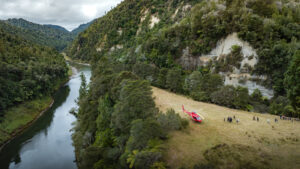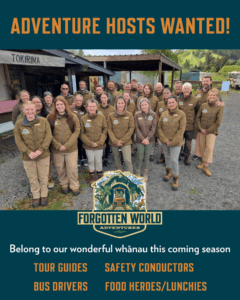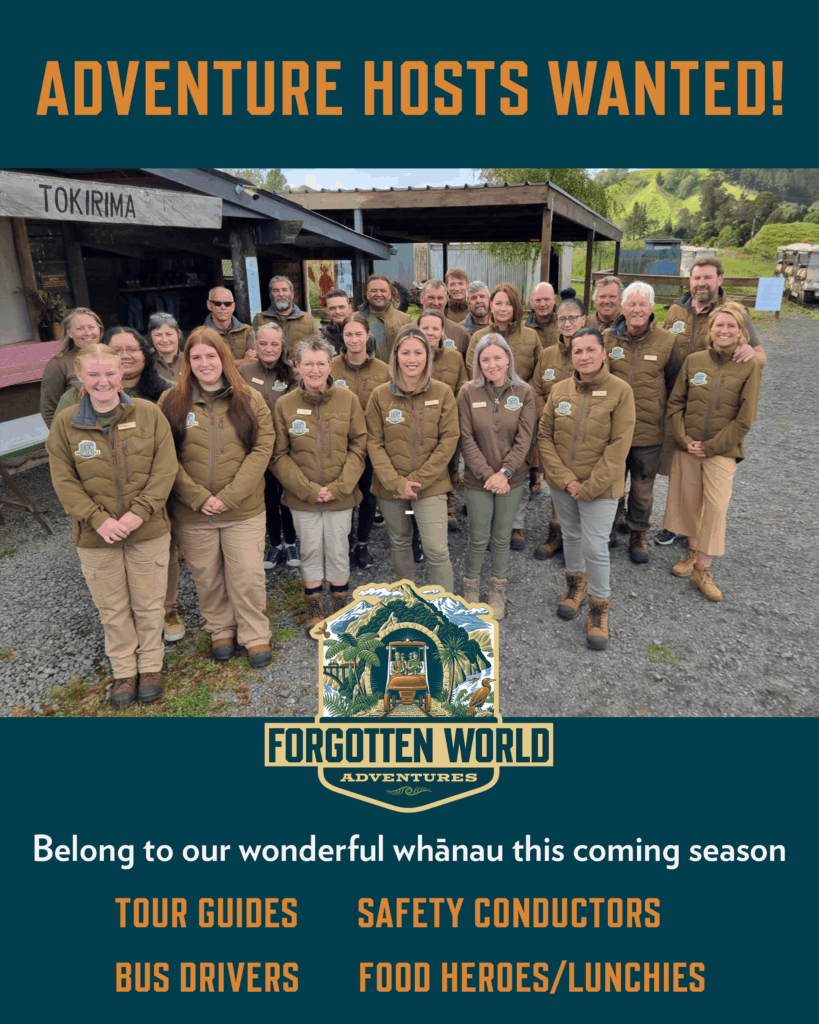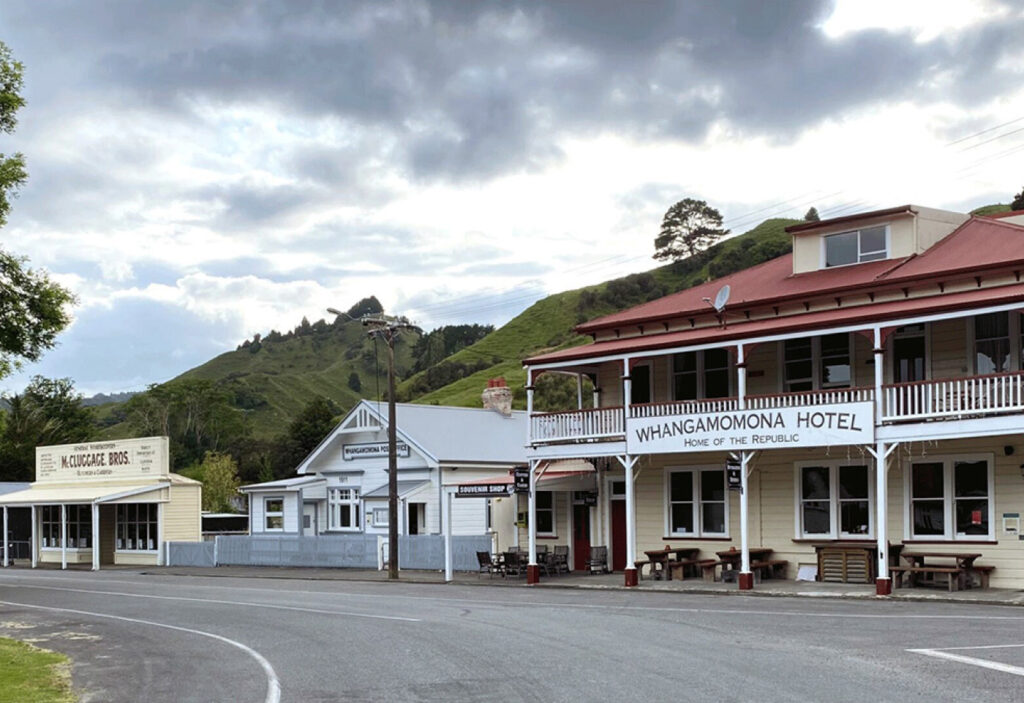No car … no worries. Long before air travel, mass car ownership and the big OE, Kiwis were flocking to beaches, lakes, parks and mountains for recreation and relaxation, by rail. So many were enamoured by this new fast and fancy mode of transport that in the 1930’s Wellington’s Evening Post newspaper claimed New Zealanders were ‘the greatest travellers in the world’. Lisa McLean tells us more…
Easter and Christmas traffic boomed, with eight expresses running each way between Auckland and Wellington on the Thursday before Easter in 1939.
“Throngs of people in the most diverse kinds of holiday attire, people laden with suitcases, bags and parcels of every conceivable shape and size, and above all children, armed with buckets and spades, toy aeroplanes, squeakers and a hundred and one other toys, all hurried or were hurried down the platforms”
With a growing rail network and growing tourism opportunities, came growing numbers of railwaymen, setting up camp wherever a new line took them. Life was hard, but in typical Kiwi fashion, people worked hard and then played harder.
“Never before in the history of Tangarakau did so large a crowd take the floor for dancing. People who have lived in the place since the railway was being put through, and as many as nine or ten hundred living on the Flat, are unanimous that the Railway Anniversary Ball was the most outstanding ever staged.”
In later years along the Stratford to Okahukura line people recall sprinkling talcum powder on hall floors so they could jive and the jitterbug the night away. Even though the local halls and ‘cossie clubs’ helped to raise the spirits of the construction gangs, town by town entertainment was cut short and populations withered as the work moved on.
Today the Stratford to Okahukura line is littered with towns that time forgot, once busy and bustling with industry, now shuttered and still, with not a jitterbug or jigger in sight. But, if you listen carefully you may be lucky enough to hear tales of these special places, of the hardworking heroes and the land that shaped them.
Alternatively, you can hop on one of our many rail cart tours and hear the stories firsthand from our knowledgeable local guides!



















